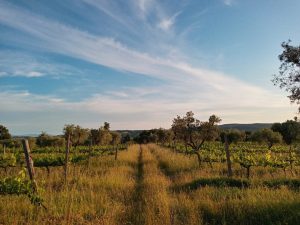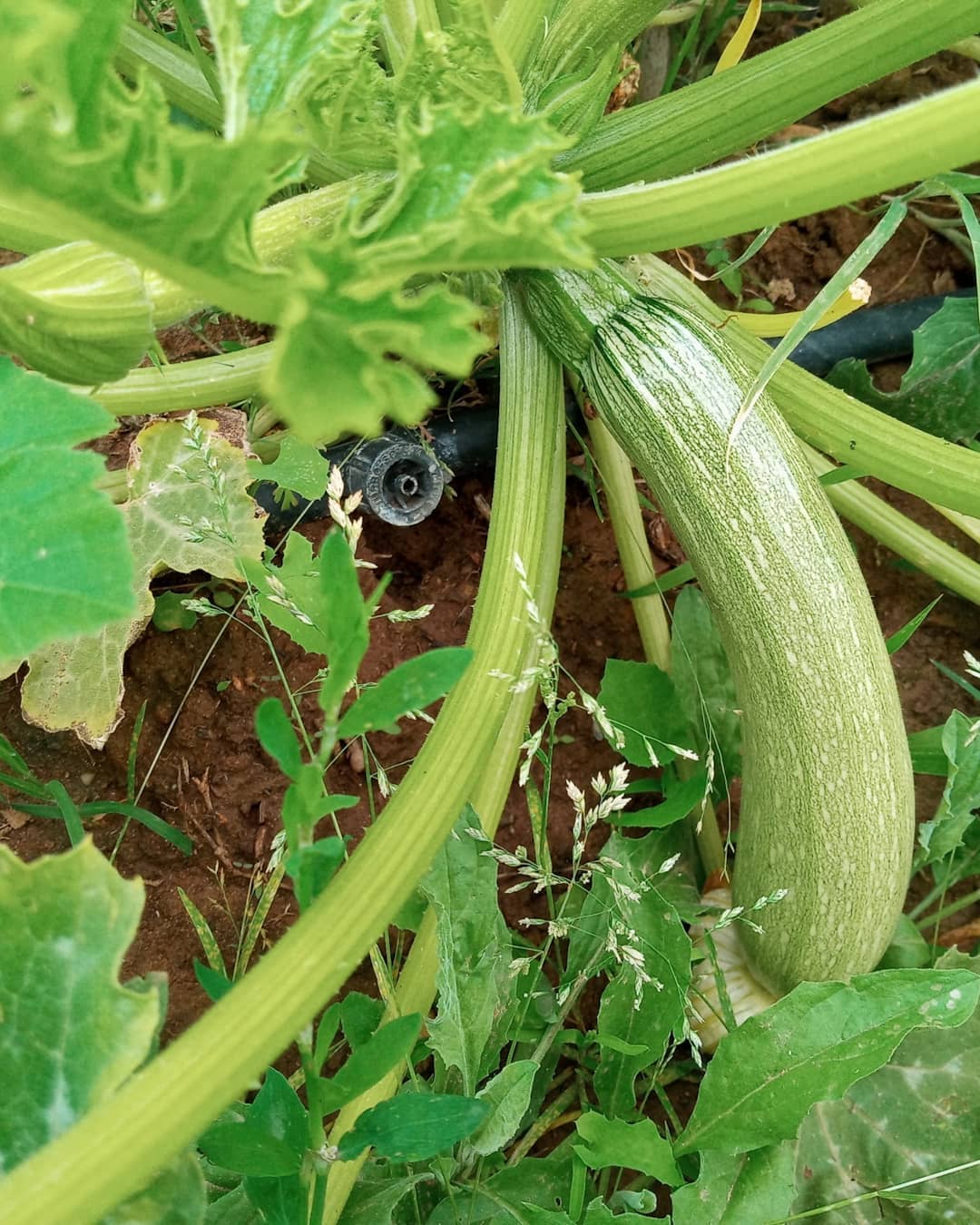Lorem ipsum dolor

The original house and outlying structures was constructed at some point between the years 1955 and 1970. The house was a farmers home and served as such until the 1970’s. The house is located in the area of Maremma called ‘Mandorlaie’ which is Italian for Almond.
It is thought that in the past the area was used for the growing of almonds, and the name was taken from this activity.
When we originally moved in, certain works had been completed, which meant the house was structurally completed, works were needed in order to make our guests more comfortable, these additions included inverter based heat pump electronically controlled underfloor heating and central air conditioning. We also upgraded the bathrooms and added water solar heating systems.
The gardens have been expanded slowly, and so far we have cultivated from cuttings over 1300 lavender plants which form hedges, over 700 rosemary plants for sides of walkways and over 90 new rose plants for the rose garden. It is our plan to have bees in 2022, so adding plants that flowers and that are enjoyed by bees is always top of our list.
Our house is located at the top of the farm land, overlooking the olive groves and the vineyard. In total the area is just over 58 hectares (143 acres or 580,000sq. metres) which is made up of woodland, pasture land, vineyard and olive groves. We manage the land in order to increase bio diversity, we are an organic farm and as such all thoughts are put into the effect that our actions on the land have on the ecosystems around us. We try to limit the interaction on the land in order allow the ecosystems to survive and flourish. We have also put in place some water retention measures in order to allow rain water to soak into the ground, instead of running off.
The forest area of the land around us leads down into a valley, which then eventually at the bottom leads to a river, this river normally flows all year apart from the very height of summer when it flows slowly, but slightly underground. The wild animals we have roaming on the land include deer, wild boar, rabbits, hares, pheasant, porcupines, foxes and badgers. We also have falcons which nest in the forest area and can be seen soaring above the land.

Our vines were not grown on a root stock, so they are not hybrid vines, but are single Sangiovese plants, this makes them strong and 100% natural. This was the method for creating vineyards after a virus affected many of the grapes in Europe, and root stock from America were used to quickly repopulate the vineyards.
The planting plan for the vineyard is very unlike modern planting methods where rows are very close together, it is the way that vineyards were planted in the 1960’s and the row distance between our vines is around 3.3metres making the vineyards feel expansive and open, it really is a special place to relax, work or walk.
Another feature of our authentic vineyard are the 150 olive trees and 40 fruit trees that are planted in the vine rows, this is not something you will find in modern vineyards and is specific to the way in which vineyards were planted a generation ago.

We have just added a new olive grove of 115 trees, these were planted in 2021, and were two year old trees, we hope that in the coming years they will grow well and help us produce a new range of monocultivar oils, giving extra flavour and taste profiles for us all to use in our cooking, allowing us to create tasty new dishes.
A second new olive grove will be planted in February 2022, which will consist of Leccino olive trees, boosting our future production of Leccino monocultivar extra virgin oil
The olive harvest takes place in October, but the time is obviously dependent on when the olives are ready to harvest. Normally we harvest when the trees are 50% black olive and 50% green this gives us a good blend of taste in our extra virgin olive oil.

The greenhouse was built by Marthese and I and we enjoy seeing it full of seedlings and produce ready for the table. For more information read about our kitchen garden.
We are always trying to increase the amount of wildlife in the gardens and the surrounding lands, every year we are trying to plant new trees and plants in order to increase and support bio diversity. Currently we are planting between 700 and 1000 new lavender plants per year taken as cutting in early spring, as well as over 400 new rosemary plants. We utilise these to support our bee’s and also for the insects, butterflies and to provide cover for other creatures.